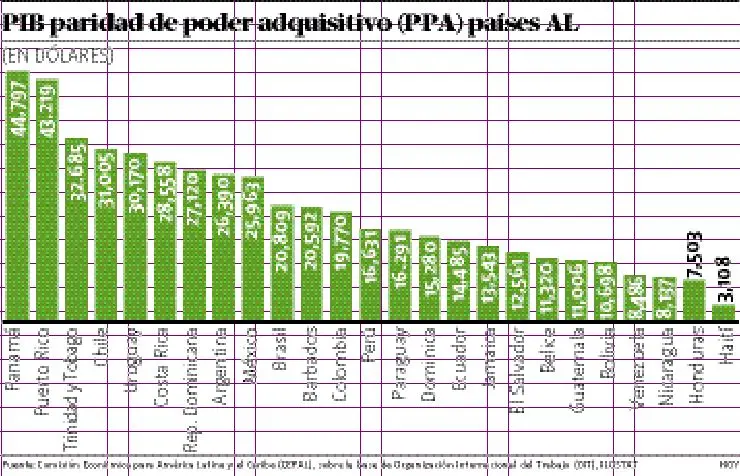The International Monetary Fund (IMF) reckons that the Dominican Republic will be the Latin American country with the second largest growth this year, with an increase of around 4.5% in gross domestic product (GDP), while the World Bank and ECLAC predict that it will grow by 4.8% and 4.7%, respectively.
The IMF also foresees that the global economy will slow by 2.7% this year, while that of Latin America and the Caribbean will be 1.7% compared to 2022, according to data published in the Empírica weekly bulletin.
“The main financial institutions foresee economic downturns for 2023. The countries in the region will again be faced with an unfavorable international context, in which a slowdown in global trade growth, higher interest rates and lower global liquidity are expected,” he says.
The World Bank predicts that the Dominican economy will have a growth of 4.8% this year, “well above the regional average,” while indicating that geopolitical tensions and increasing adverse factors will affect economic expansion for the rest of the world. It believes that growth in Latin America and the Caribbean will be 1.9%, the USA 0.5%, and globally 3.%.
On the other hand, the Economic Commission for Latin America and the Caribbean (ECLAC) projects that the Dominican economy will grow 4.7% this year, and that the slowdown in Latin America and the Caribbean will be accentuated with a growth of 1.4% compared to 2022, while worldwide growth will be 2.6% and in the United States 0.7%.
ECLAC adds that, although this process is expected to end in 2023 to the extent that inflation expectations are anchored in each country, the effects of the restrictive policy on private consumption and investment will be felt this year.
“International organizations such as the IMF, the World Bank and ECLAC have positive expectations for the Dominican Republic, placing it in a growth range of 4.5% to 5%, placing us in a much higher growth range than estimated for the Latin American region.”
Source:
Hoy




